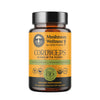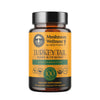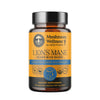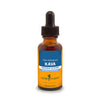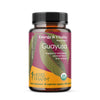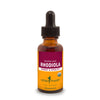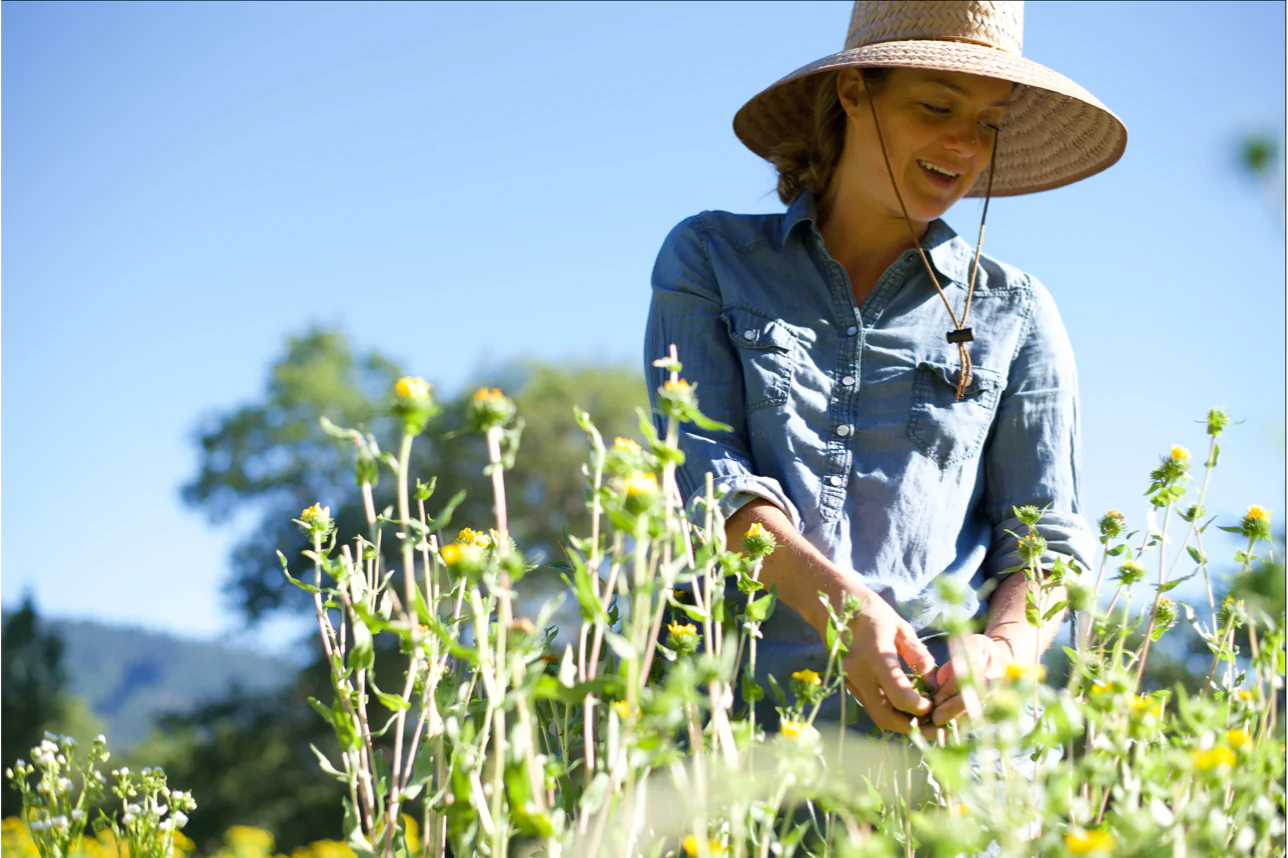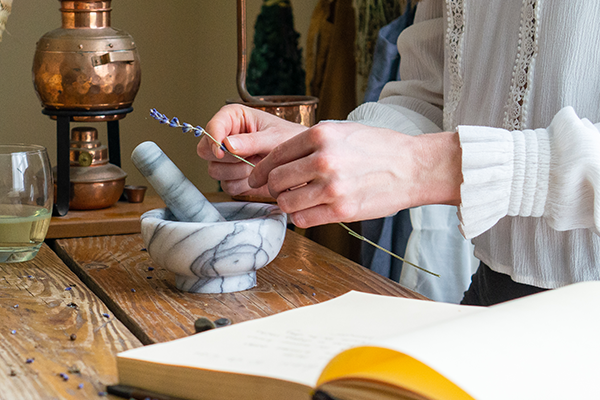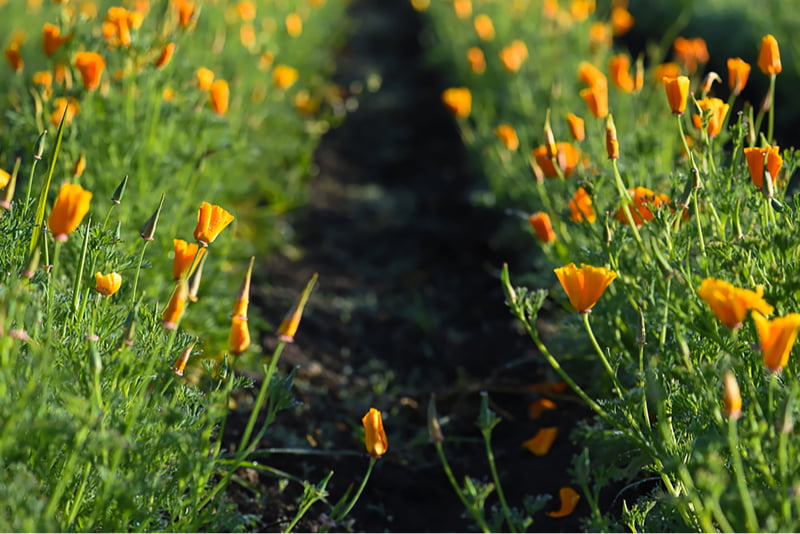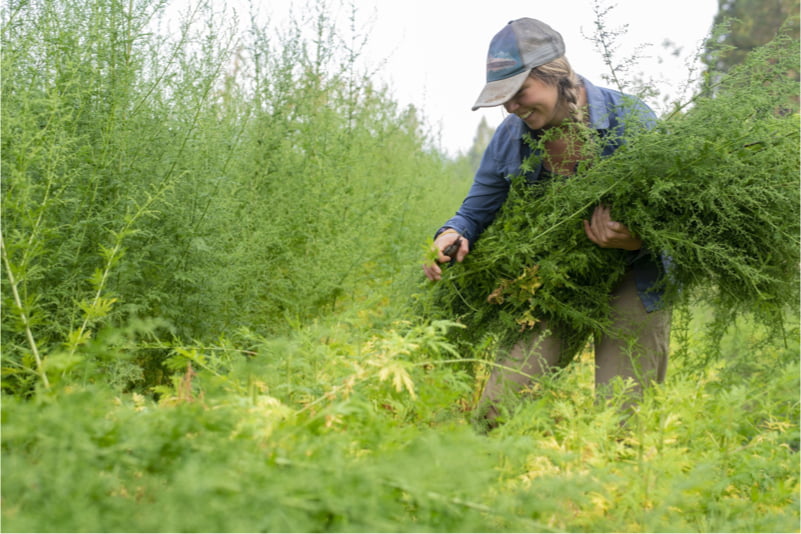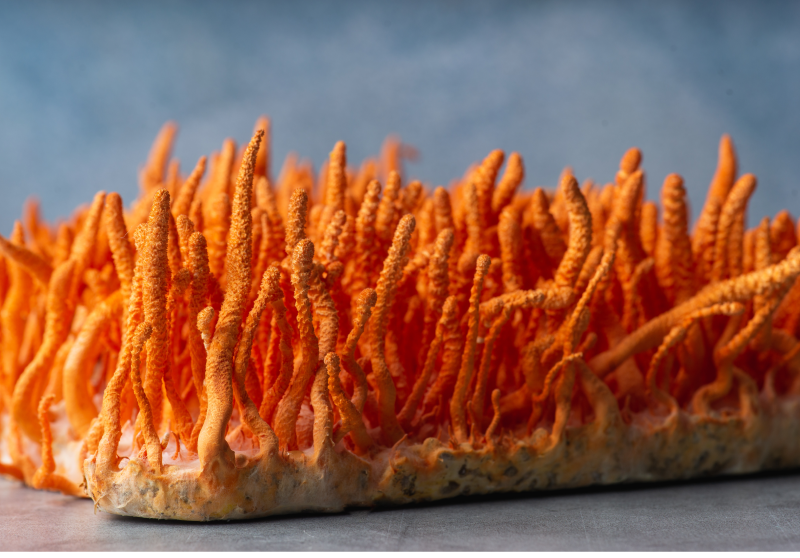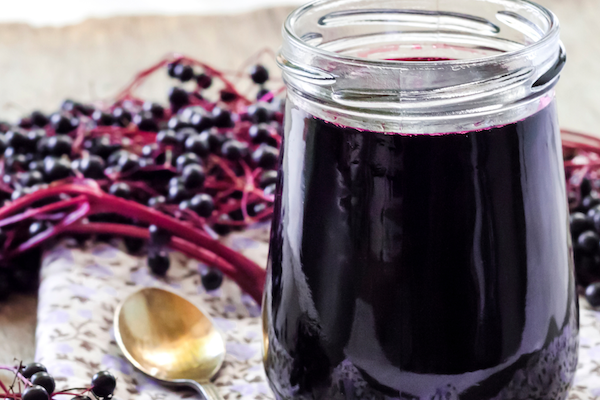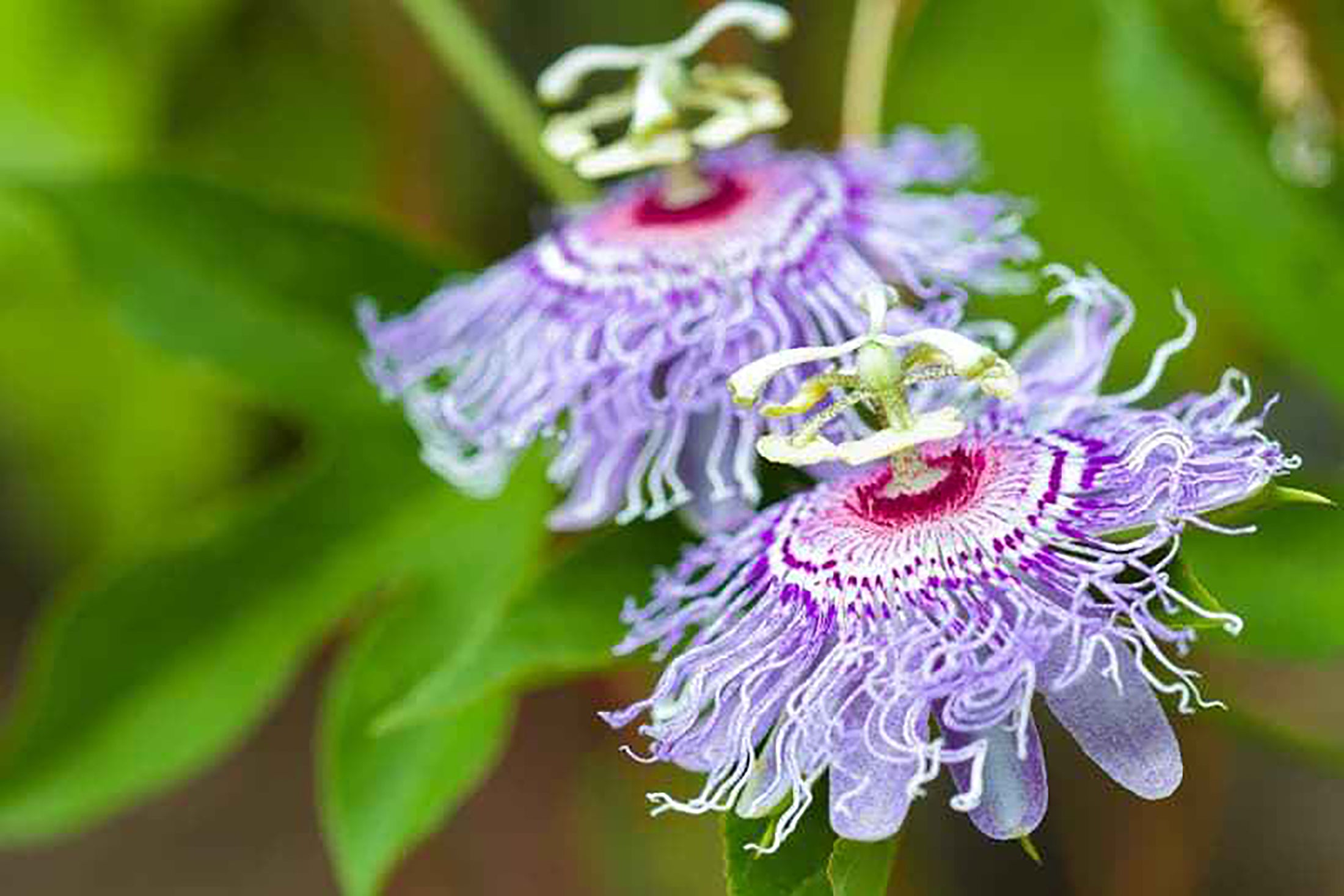Maca is native to South America, at high altitudes (up to 15,700 feet elevation above sea level) in the Andes Mountains of Peru, where few other plants grow.3,5 The plant has adapted to barren regions with poor quality rocky soil under extreme sun, thin air, intense winds and subzero temperatures.3 Cultivated plants are often rotated due to the soil depletion of the inhospitable land, leaving the fields fallow to replenish the earth for the next batch of roots.3 Cultivation to mature harvest from seed to root, can take from 6 to 9 months.3 Maca’s harvest season is in the winter months in Peru, generally May to October.5
The plant is monoecious with both female and male parts on the same plant and is pollinated by insects.3 Several herbalists and scientists have debated whether this seed-propagated plant is an annual, biennial or perennial.6 Due to the high altitude and winds in its native harsh, dry climate, the plant’s aerial portion grows close to the ground.5 Maca is suspected to be an allelopathic plant (which means other plants will not grow nearby).3
The leaves and small mature pear-shaped root of Maca are edible and have been a traditional and important staple food in South America.3,6 The plant is commonly known by the Andean highland natives as hipocotíleo.6 Generally the root is cooked before eating and can be baked slowly.3 The nutritional content of the dried root resembles that of cereal grains, with a sweet and pleasant taste.3 The dried root is cooked in water to make a South American porridge called mazamorra.3 The young leaves are generally eaten raw or cooked and have a spicy peppery flavor, similar to other relatives in the Brassica family, such as cress.3
Quality of the Maca root is classified by the three varying colors of the Peruvian root: black, yellow, and purple, with black and purple going for the higher prices in wholesale markets in China, but in Hong Kong, the price of all is similar.4 Grading is then furthered by consistency, size, and aroma with the strong spicy radish-like flavor being preferred.4
The people of Peru’s Junín and Pasco provinces have been cultivating Maca for more than 3,000 years.5 The fleshy underground root has been used traditionally in South American herbalism for centuries.6 In the past decade, it has gained in popularity, especially a large boom (and subsequent fall) in China despite its lack of traditional use in Chinese Herbalism.4 This boom caused prices to skyrocket, which then lead to cultivation of domestic Chinese Maca (black and yellow classifications) in the Yunnan province of southwestern China.5 However, Peruvian Maca is considered to be superior with an aroma and taste that is more potent.4

